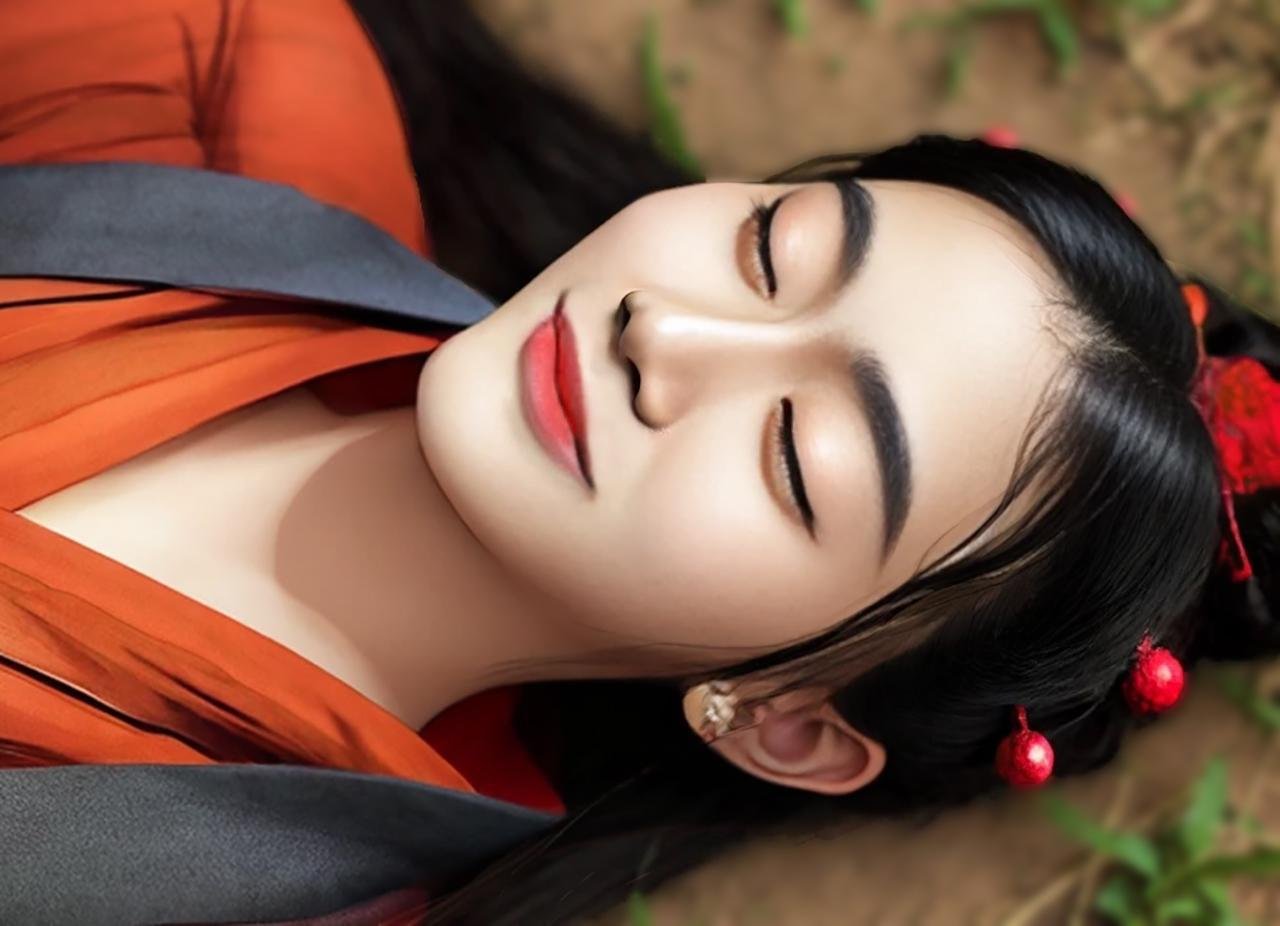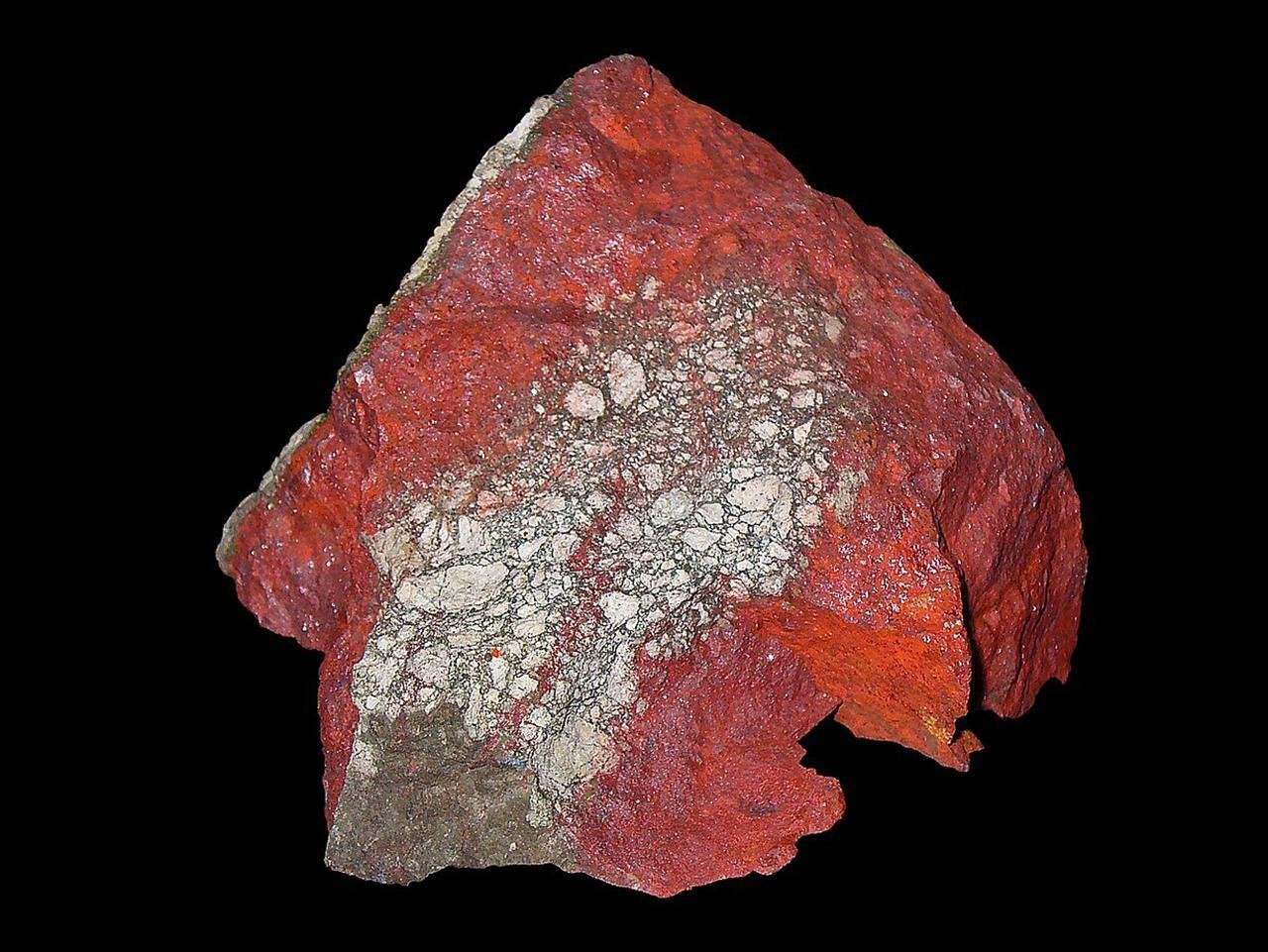In the Turpan Basin of the Xinjiang region, China, archaeologists uncovered remarkable evidence of a 2,200-year-old woman whose teeth were stained red with the highly poisonous mercury-based mineral known as cinnabar. While this discovery sheds light on the spiritual and cultural practices of ancient Silk Road civilizations, it is the first such case where the pigmenting of human teeth with cinnabar has been identified.
 The incredible find was made in a cemetery at Shengjindian, a burial ground in use between 202 BCE and 8 CE during the Western Han Dynasty. The cemetery is located along the Silk Road, a trade route linking China with the rest of the ancient world. Of all the graves that were dug up in the excavation, one grave truly stood out: the grave of a young woman, most likely between 20 to 25 years old at the time of death, whose teeth bore traces of a vivid red pigment.
The incredible find was made in a cemetery at Shengjindian, a burial ground in use between 202 BCE and 8 CE during the Western Han Dynasty. The cemetery is located along the Silk Road, a trade route linking China with the rest of the ancient world. Of all the graves that were dug up in the excavation, one grave truly stood out: the grave of a young woman, most likely between 20 to 25 years old at the time of death, whose teeth bore traces of a vivid red pigment.
Advanced scientific analysis using Raman spectroscopy, X-ray fluorescence, and Fourier-transform infrared spectroscopy confirmed that the pigment was indeed cinnabar, probably bound with an animal protein, such as egg yolk or egg white. Researchers have called her the “Red Princess of the Silk Road,” after the “Red Queen” of Palenque, a Mayan noblewoman found covered in cinnabar in Mexico.
Cinnabar, composed of mercury sulfide, held a special place in many ancient societies even though it was toxic. People used this red mineral in burial rites, painting, and alchemy. They thought it had magical powers and could heal illnesses.
 Cinnabar, composed of mercury sulfide, held a special place in many ancient societies even though it was toxic. Credit: H. Zell, CC BY-SA 3.0
Cinnabar, composed of mercury sulfide, held a special place in many ancient societies even though it was toxic. Credit: H. Zell, CC BY-SA 3.0
In China, this pigment was used for decorations, burial rites, and even for elixirs of immortality, despite its potential health risks. The application of cinnabar to the Red Princess’s teeth remains an enigma, as there are no known cinnabar mines in the Turpan Basin. Experts speculate that it might have reached the area from other regions such as southwestern China, West Asia, or perhaps even Europe, where cinnabar mining was prominent.
There is an ongoing debate among experts about why the teeth were stained with cinnabar. Some propose that this practice could have pertained to shamanistic beliefs, with red symbolizing life, death, and spirituality. Teeth were revered as the seat of the soul in some ancient traditions, leading scholars to theorize that the woman’s teeth may have been part of a ritual to ensure her immortality in the afterlife.
Dr. Li Sun, a geology professor at Collin College in Texas and co-author of the study published in Archaeological and Anthropological Sciences, explained that from the preparation of the pigment to its repeated application inside the mouth, the woman and her helpers may have inhaled mercury vapors, which are known to cause severe neurological effects.
Others suggest a more practical explanation: the cinnabar may have been applied as a mark of beauty or high social status. Throughout Chinese history, red has been ᴀssociated with power and prestige, while the presence of other burials with painted faces and tattoos suggests that body decoration was common in the region.
The discovery of the Red Princess, however, raises more questions than answers. While her red-stained teeth make her different, the meaning behind such a practice remains uncertain. Future studies, including DNA analysis of the woman and those buried alongside her, may illuminate her ancestry, social stature, and affiliations.
More information: You, S., Ren, M., Sun, L. et al. (2025). Red princess of the Silk Road – the first-and-only known case of cinnabar-stained teeth in antiquity from the Iron Age Western Regions (202BCE − 8CE). Archaeol Anthropol Sci 17, 69. doi:10.1007/s12520-025-02188-5





